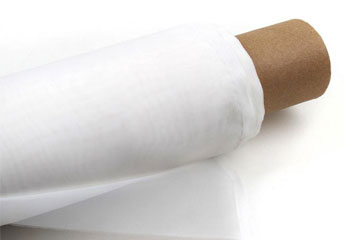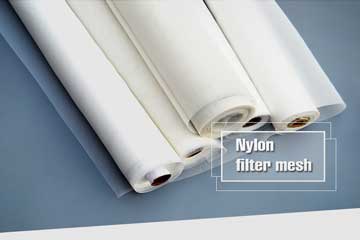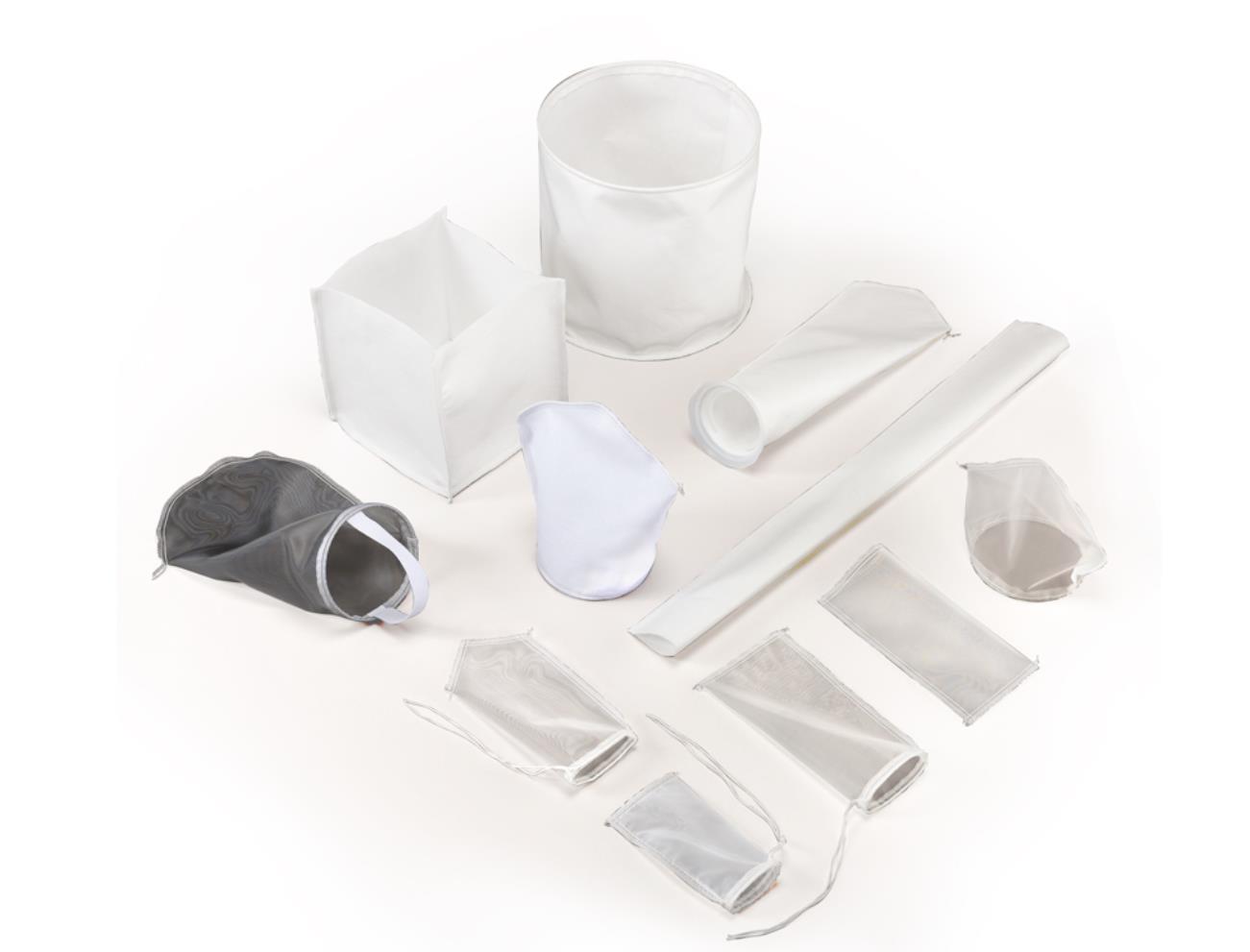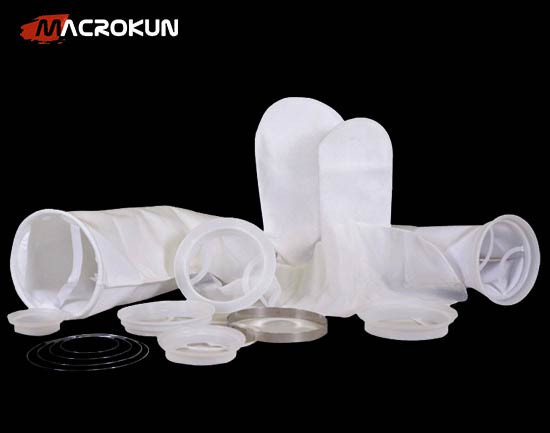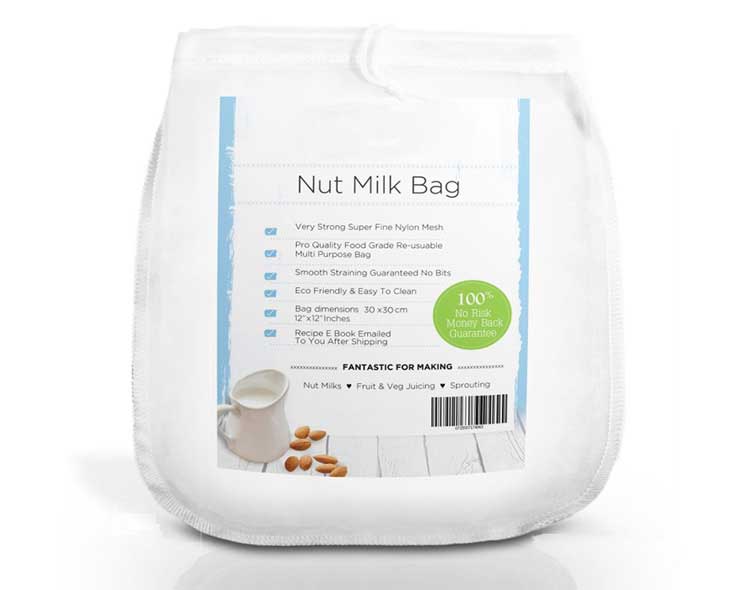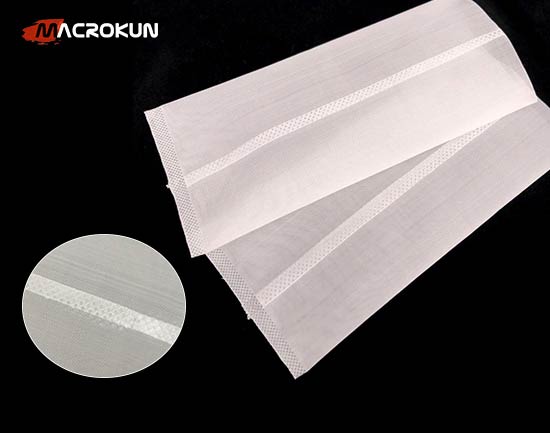Nylon 66 Membrane — Practical, Durable Filtration for Lab and Production
Filtration is not an afterthought; it’s a process control point. Selecting a nylon 66 membrane with the right pore size, format, and vendor support will reduce surprises, protect downstream assets, and make product quality a repeatable outcome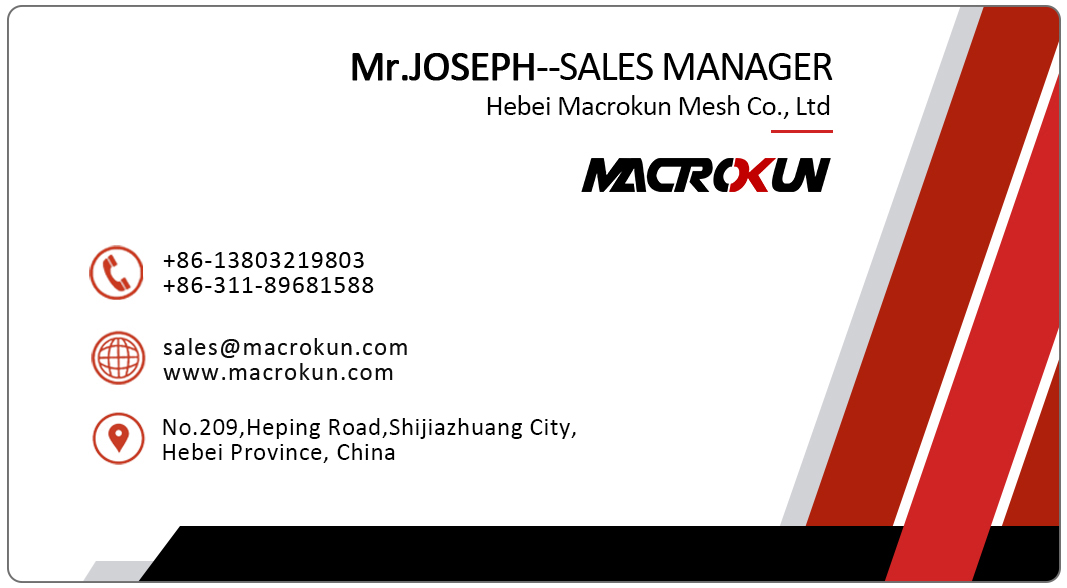
When your process depends on predictable, repeatable filtration results, the material at the heart of the filter matters. A nylon 66 membrane is a proven choice for laboratories, pilot plants, and full-scale production lines because it combines mechanical strength, broad chemical compatibility, and dependable wetting behavior. Whether you’re protecting analytical instruments, clarifying process streams, or delivering clean product for food and beverage or pharmaceutical applications, choosing the right nylon 66 membrane can save time, reduce rejects, and simplify operations.
Below is a practical guide to why a nylon 66 membrane might be the right fit for you, how to pick the correct format and pore size, and how to integrate it into a workflow built for uptime and consistent results.
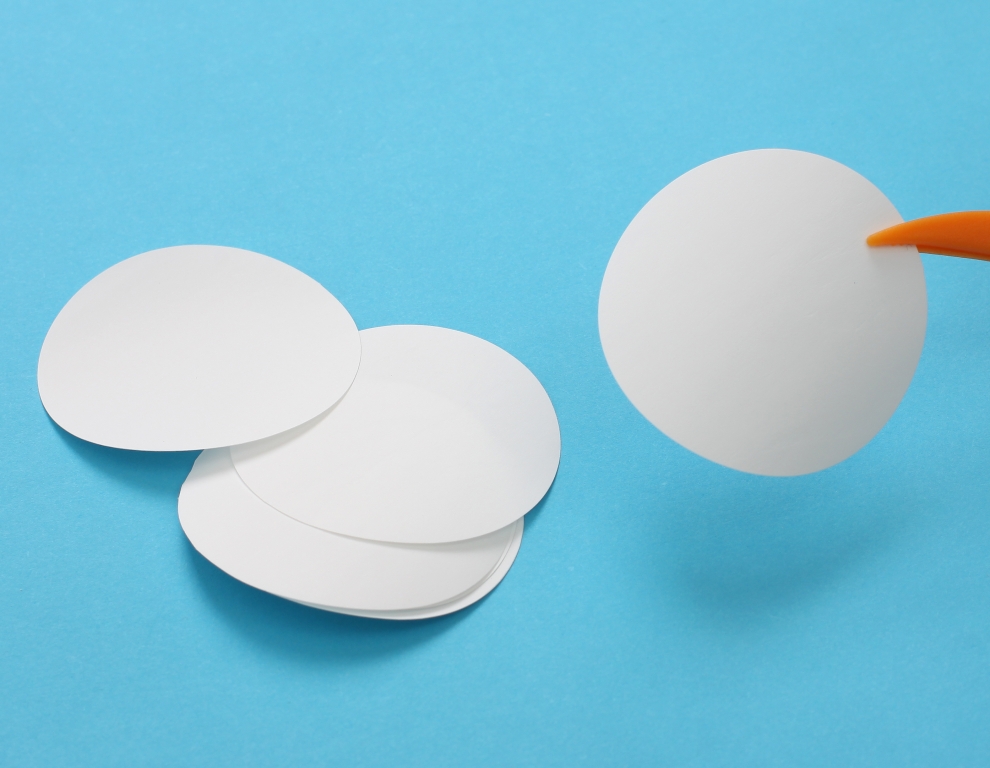
What makes the nylon 66 membrane different?
Nylon 66 — also written Nylon-6,6 or PA66 in technical contexts — stands out because it is both hydrophilic and mechanically robust. In real-world terms, that means the membrane wets easily with aqueous solutions and resists tearing or deformation during handling and installation. It’s these two properties that deliver immediate operational benefits:
-
Easy wetting and low preconditioning reduce the time it takes to prepare filters for use, which matters in busy labs and production shifts.
-
Tensile strength and dimensional stability mean discs and pleated cartridges retain their shape under the pressures and flows common to HPLC sample prep, sterile vents, and industrial prefiltration.
-
Good solvent compatibility compared with some cellulose-based membranes lets nylon 66 membranes handle a wider range of organic solvents used in analytical and process workflows.
Those advantages translate into fewer handling errors, less downtime, and more predictable filtration performance across batches.
Typical applications where nylon 66 membrane shines
A nylon 66 membrane is widely used because its properties fit many needs — from delicate analytical work to heavy-duty process filtration:
-
Analytical sample cleanup and HPLC protection. As a reliable syringe or disk filter, a nylon 66 membrane removes fine particulates and protects columns and detectors without contributing problematic extractables.
-
Sterile clarification & microbiological sample prep. The membrane’s pore structure and wetting behavior make it suitable for many aqueous sterile-grade filters.
-
Process water and chemical filtration. Nylon 66 cartridges and pleated modules provide robust performance for DI water polishing, plating solutions, and solvent streams when recommended compatibility checks have been satisfied.
-
Food & beverage and bottled water prefiltration. When suppliers specify food-grade finishes and post-manufacture flushing, nylon 66 membranes can meet operational hygiene requirements.
If you need one membrane material to handle a range of use cases, the nylon 66 membrane is often the versatile choice.
Pore size and format: how to choose
Nylon 66 membranes are available in a broad range of pore sizes and construction formats — from 0.2 μm laboratory discs to pleated cartridges and woven net media for coarse filtration. Your choice depends on the combination of clarity, throughput, and durability you require.
-
0.2 μm and 0.22 μm discs and cartridges are commonly specified where near-sterile filtration and fine particulate removal are essential.
-
0.45 μm is a common analytical cutoff for many HPLC sample preparation and general clarification tasks.
-
Larger pore sizes and woven nylon netting in the 5–100 μm range are used for prefiltration and high-throughput applications where coarse solids must be removed prior to fine polishing.
A practical approach is to combine coarse prefilters with a final nylon 66 membrane of the appropriate micron rating: the prefilter protects the fine membrane from rapid fouling, and the nylon disc or module provides the final clarity the downstream step demands.
Material behavior: compatibility and recovery considerations
Two operational traits matter in practice: solvent compatibility and binding behavior. Nylon 66 handles many common organic solvents (such as acetonitrile and methanol used in HPLC) better than some cellulose membranes, but it does tend to bind certain proteins more than PVDF or low-binding PES. For analytical or bio-process work where recovery of sensitive biomolecules is critical, perform a short comparison test to quantify any loss across candidate membranes. For solvent-heavy or mixed-matrix samples, the nylon 66 membrane often proves the more reliable performer.
Installation and operational tips for long membrane life
Even a high-quality nylon 66 membrane will underperform if the system is not set up properly. Follow these simple practices to extend service life and preserve performance:
-
Prefilter heavy loads. Use a coarse depth filter upstream to remove abrasive solids and minimize clogging.
-
Control differential pressure. Operate within the membrane’s recommended pressure limits to avoid compaction or rupture.
-
Use correct wetting and flushing procedures. Many nylon membranes benefit from a light flush before collecting critical samples; follow supplier guidance for solvent or aqueous conditioning.
-
Monitor flux and pressure. Logging transmembrane pressure and flow rate detects early fouling and avoids abrupt failures.
-
Adopt compatible CIP protocols. If reusing cartridges, use cleaning agents that are validated for nylon 66 to avoid material degradation.
Simple control of these variables will often double membrane life and cut unexpected changeouts to a minimum.
Validation, certification and production readiness
If you’re moving nylon 66 membranes into regulated production, select products that come with appropriate documentation — manufacturing in a clean environment, flushed and dried grades for food and beverage, and USP/food contact statements where applicable. For many processors, manufacturer-provided validation worksheets and compatibility data accelerate qualification and reduce risk during scale up.
Real benefits customers report
Organizations that standardize on the right nylon 66 membrane see practical gains:
-
Analytical labs experience fewer column blockages and cleaner chromatograms because particulates are reliably removed before injection.
-
Pilot production runs become more predictable as membrane performance scales linearly with planned flow rates and cleaning cycles.
-
Process lines using nylon 66 cartridges report fewer service interruptions and lower total chemical cleaning volume.
In each scenario, the core advantage is predictability: the nylon 66 membrane’s robust properties mean you get repeatable results rather than surprises.
Cost of ownership: more than the sticker price
When comparing membranes, evaluate total cost of ownership. A lower initial price can hide higher operating costs if the material requires more frequent replacement, harsher chemicals for cleaning, or causes instrument fouling that leads to downtime. Nylon 66 membranes often provide the best balance for mixed workloads because they reduce unexpected failures and require gentler conditioning in many solvent environments.
How to pilot the right nylon 66 membrane for your process
A short pilot helps eliminate guesswork. Here’s a minimal, effective plan:
-
Pick representative feeds (worst-case samples, not just clean lab standards).
-
Run side-by-side comparisons of 2–3 membrane formats (disc, capsule, pleated cartridge) at expected flow and pressure.
-
Measure permeate clarity, recovery (if applicable), and fouling profile over a defined time window.
-
Test cleaning cycles and observe whether performance is restored.
This quick pilot will reveal the nylon 66 membrane format and micron rating that gives you the best mix of clarity, throughput, and maintenance interval.
Final words — make filtration a deliberate choice
Filtration is not an afterthought; it’s a process control point. Selecting a nylon 66 membrane with the right pore size, format, and vendor support will reduce surprises, protect downstream assets, and make product quality a repeatable outcome. Whether you need a lab-grade disc for sample prep or a production cartridge for continuous operation, choosing intentionally and validating in your process environment pays dividends in uptime and product consistency.
If you’d like, I can help you map your process profile to recommended nylon 66 membrane formats and pore sizes, prepare a pilot test protocol, or draft a procurement spec that ensures reliable performance when you scale. Practical filtration starts with the right membrane — choose wisely, and your process will thank you.
RELATED PRODUCTS
RELATED ARTICLES
Tags:
